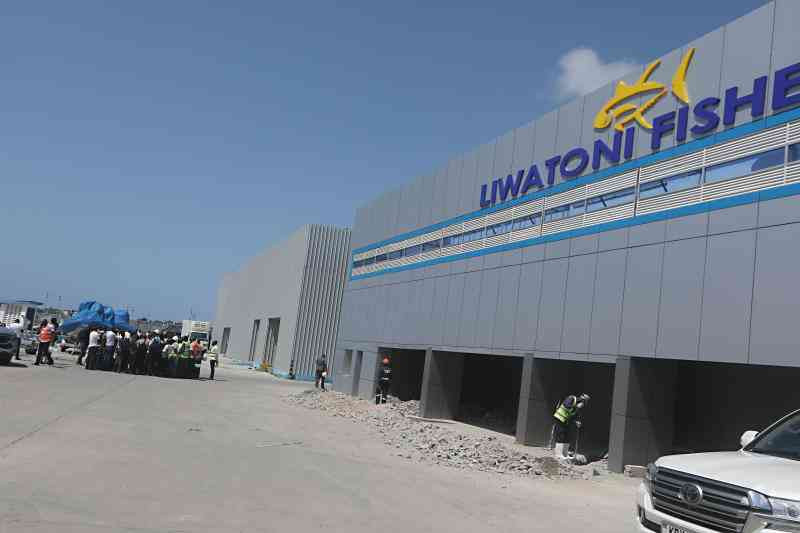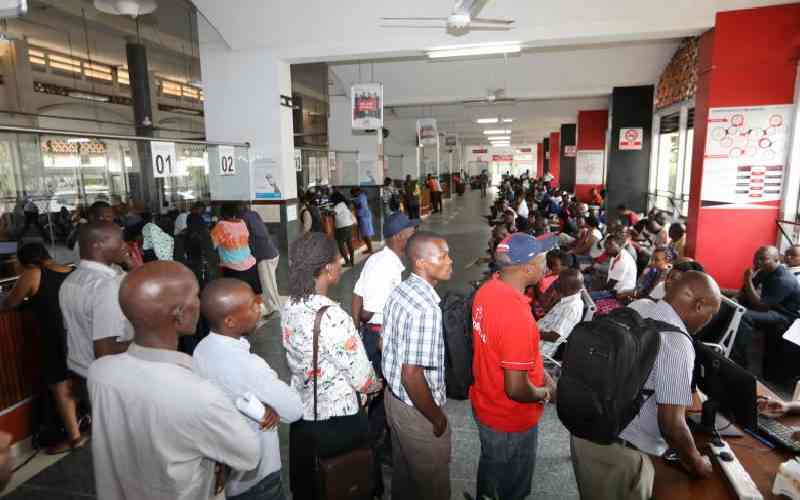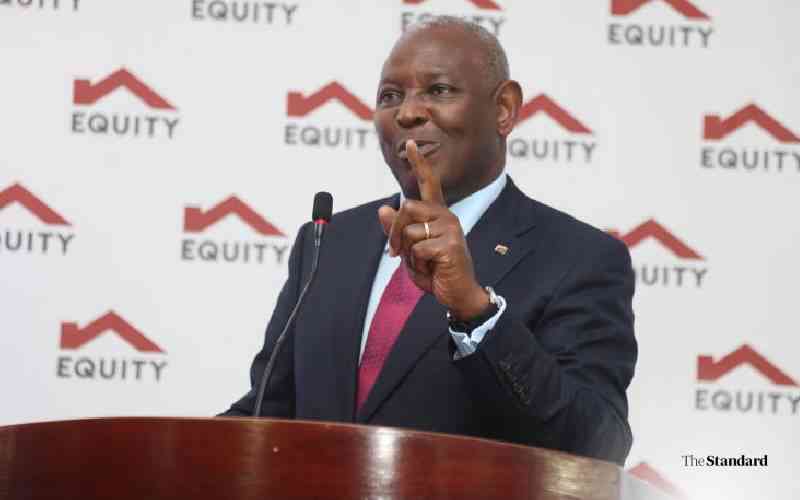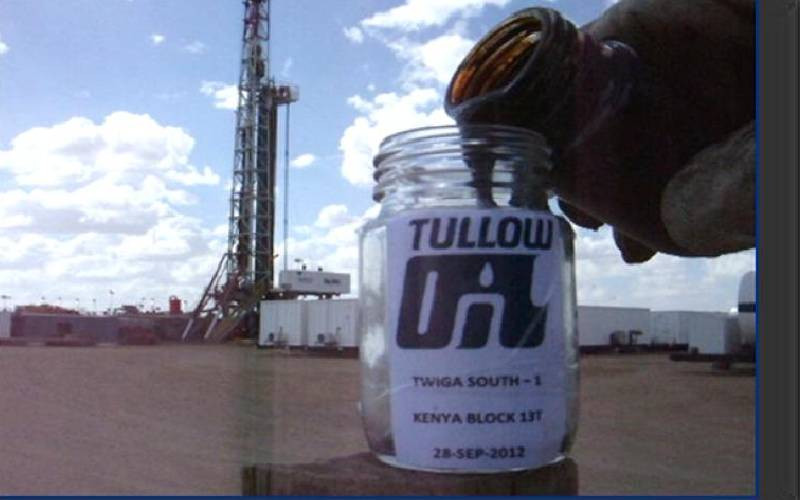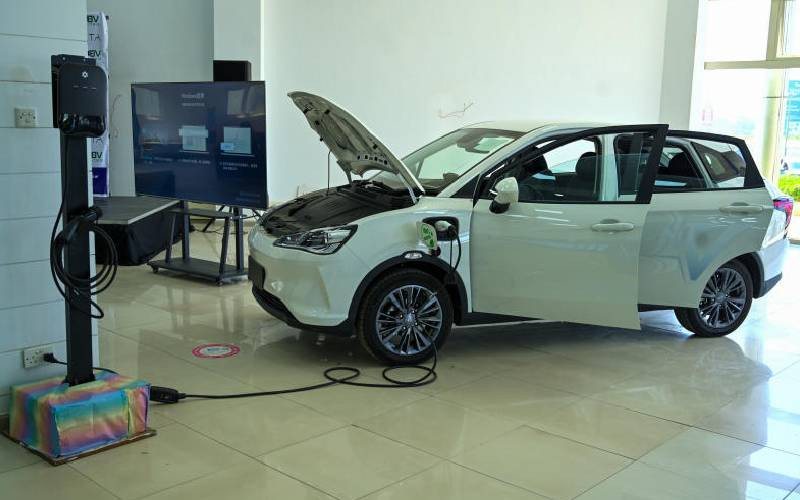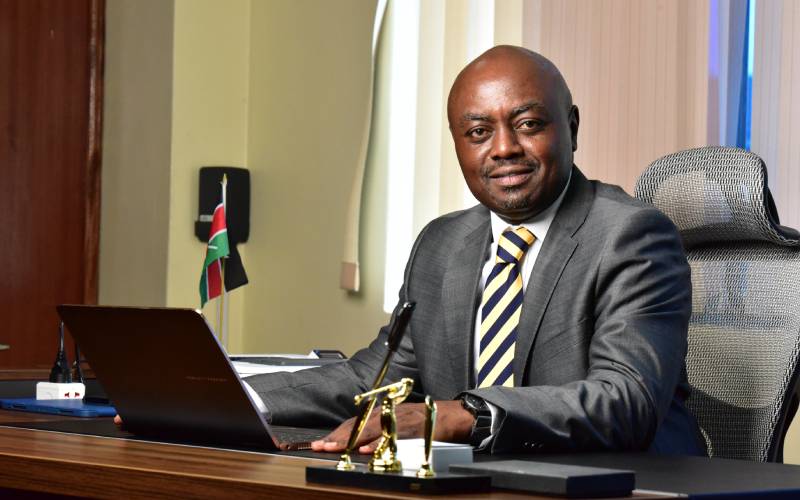
In the 121 years since intrepid pioneers laid down the tracks of the ‘Lunatic Express’ from the Port of Mombasa to the hinterlands of the then ‘Port Florence’ in Kisumu, infrastructure has always opened up territories for trade and commerce that transcend borders. Such infrastructure arteries – and the business opportunities that are created and flow through them - link diverse peoples and nations through the production and distribution of myriad goods and services.
Commerce and industry, however, are not ends in themselves. They are meant to improve the quality of life of citizens and create opportunities for economic growth.

